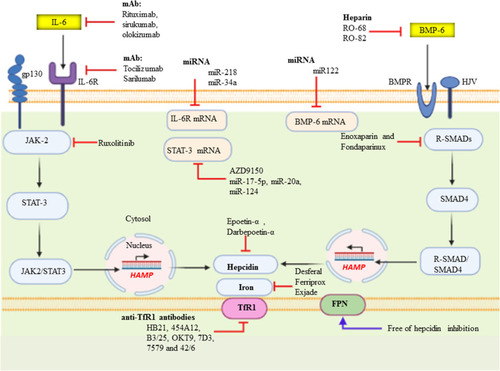Figures & data
Figure 1 The Fenton/Haber–Weiss reaction. Iron is the most driving force for the generation of ROS and the malignant transformation of cells by directly damaging DNA, eventually leading to mutagenic transformation, resulting more aggressive tumor behavior.
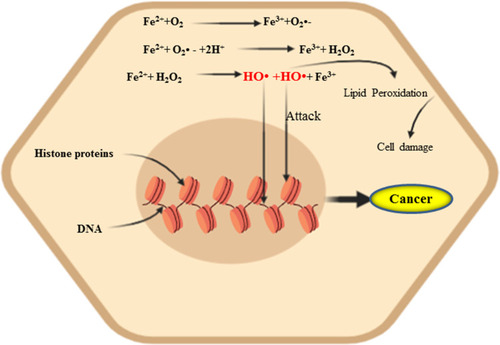
Figure 2 Intestinal iron uptake and its distribution to the reticuloendothelial system. Dietary iron can be either in the form of heme or non-heme. DMT1 is a ferrous ion (Fe2+) transporter; hence, Fe3+ is reduced to Fe2+ by apical membrane ferrireductases enzyme, Dcytb. IREG1 (Iron-regulated transporter-1) also known as Fpn is an iron exporter transporter to the circulation.
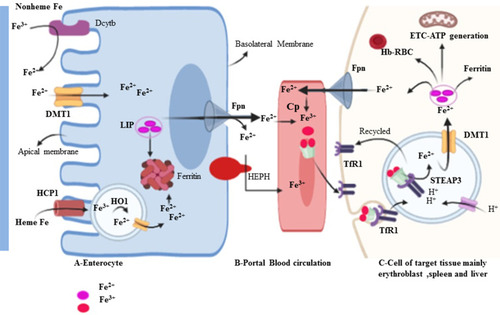
Figure 3 Positive and negative regulation of Hp (HAMP) transcription and systemic iron homeostasis through the Hp/Fpn signaling pathway. Hepatocyte production of Hp is affected by available iron from the store and demand. Under iron overload (sensed by liver sinusoidal endothelial cells), increased Hp in hepatocytes is release. Increased Hp binds to FPN and inhibits FPN-mediated iron export into the circulation to reduce Tf saturation. Conversely, when circulating iron is low and then Hp is low and increase iron release via Fpn into the circulation from liver, macrophage and intestine. Basal expression depends on regulation via BMPR and its downstream R-SMAD (SMAD1/5/8 signaling intermediates, which interact with common mediator SMAD (SMAD4) and translocate to the nucleus to activate HAMP transcription. Under inflammatory conditions, IL-6 is produced, which activates the STAT3 signaling pathway to promote transcription of Hp. Conversely, Hp expression is decrease under hypoxic or iron-deficient condition by stimulating kidney for expression of EPO through hypoxia-inducible factor (HIF1α/β) pathway as a transcription factor. Hp, which binds to ferroportin, causing the complex to be internalized and degraded, preventing iron export.
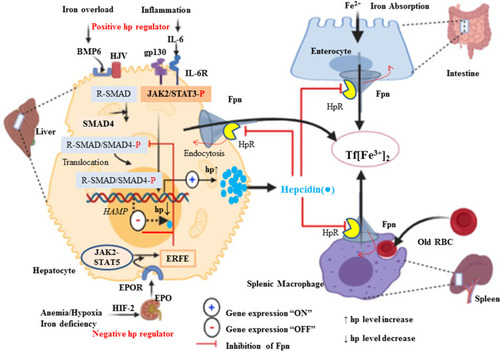
Figure 4 Altered iron homeostasis in breast Cancer Cells and the contribution of their microenvironment. Breast cancer cells usually have elevated expression of Tfr1, LCN2 and Hp, and low Fpn expression. Taken together, this breast cancer cell can decrease the level of iron efflux and increase the intracellular iron level to keep the highest demand for iron.
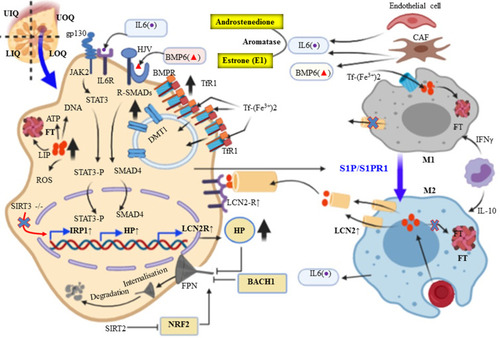
Figure 5 Summary for Inhibitors of the upstream hepcidin signaling: IL-6/IL6R/JAK/STAT3 and BMP/SMAD pathway. MicroRNAs (miRNAs) are a class of small non-coding RNAs or untranslated RNA types that function as guide molecules in post-transcriptional RNA silencing. In miRNA 5′ ends are usually the site of interaction with target mRNA.
